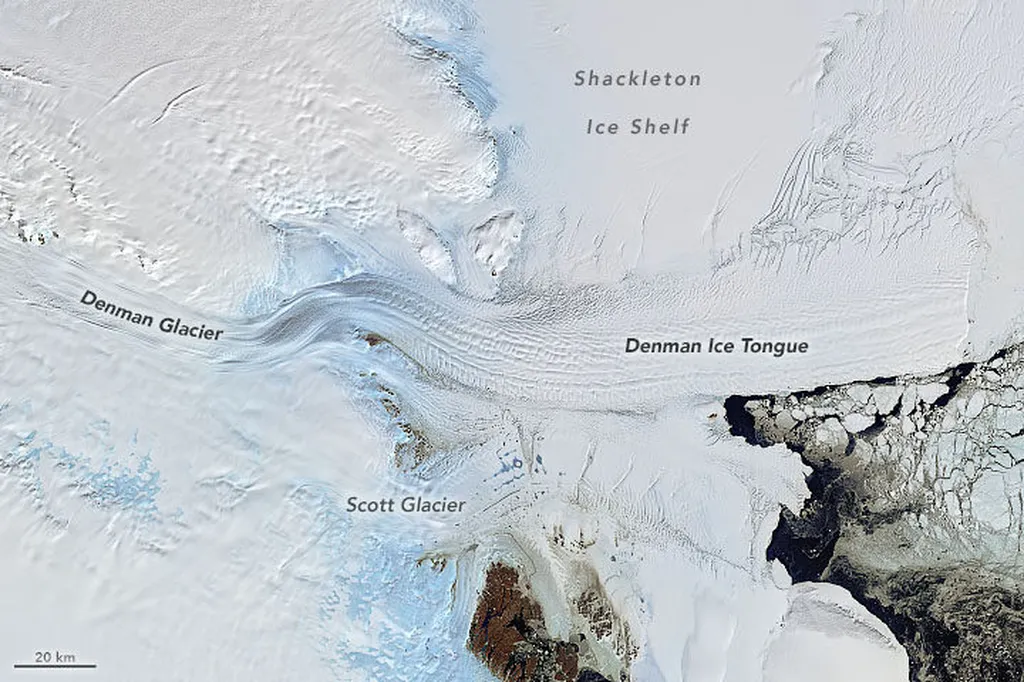A Danish-Greenlandic startup is taking a groundbreaking approach to carbon removal and regenerative agriculture, securing €6.1 million in seed funding to scale its use of a naturally occurring byproduct from Greenland’s glaciers. Rock Flour Company (RFC), founded in 2023, is harnessing the power of Greenlandic rock flour (GRF)—a fine, mineral-rich powder created by the grinding action of the island’s massive ice sheet—to capture CO₂ and reduce reliance on synthetic fertilizers.
The round was led by the Export and Investment Fund of Denmark (EIFO) and Novo Holdings, the investment arm of the Novo Nordisk Foundation, with participation from Greenlandic venture capital firm Nalik Ventures, Greenland’s pension fund SISA, and Germany’s Carbon Drawdown Initiative, which specializes in carbon removal technologies. Existing backers, including climate-focused investors 2degrees and The Footprint Fund, also contributed.
GRF forms as Greenland’s ice sheet, under immense pressure, grinds bedrock into micron-sized particles, which meltwater then deposits along shorelines. RFC estimates that over a billion tonnes of this material accumulate annually, offering a vast, untapped resource. When spread on farmland, GRF accelerates a natural process called enhanced rock weathering, where minerals react with CO₂ in the atmosphere, permanently sequestering carbon. The company claims GRF can capture up to 25% of its weight in CO₂, making it a potent tool for carbon removal.
Beyond its climate benefits, GRF also serves as a natural fertilizer alternative. Field trials across Denmark, Germany, Belgium, and France have shown that applying GRF can maintain crop yields while cutting synthetic fertilizer use by 25% to 30%. In some cases, yields even increased by up to 30%. With European farmers facing pressure to reduce fertilizer runoff—a major source of water pollution—GRF presents a dual solution: boosting soil health while lowering environmental harm.
The funding will support RFC’s push toward commercialization, including securing exploitation licenses from Greenland’s government to harvest and sell GRF at scale. The company has already applied for permits at three high-potential sites and plans to partner with distributors in Denmark before expanding across Europe. A portion of the investment will also go toward refining processing techniques to remove excess water and quartz from GRF, improving its efficiency and reducing transport costs.
Rünno Allikivi, an investment manager at EIFO, highlighted the fund’s long-standing interest in RFC, noting its potential to benefit both agriculture and climate mitigation. “We’ve been following their progress closely,” he said, “and now we’re taking a board seat to help scale this solution—for Greenland, for farmers, and for the planet.”
For Eliot Booth, RFC’s chief operating officer, the key lies in GRF’s unique properties. Unlike other rocks, which may have already weathered over millennia, Greenland’s glacial deposits remain unaltered, offering fresh reactive surfaces ideal for carbon capture. “It’s the same material that formed the world’s most fertile soils,” Booth explained. “Now, we’re using it to address two critical challenges: climate change and sustainable farming.”
As RFC moves from pilot tests to large-scale deployment, its success could hinge on balancing commercial viability with environmental impact. If proven at scale, GRF might not only help farmers transition to low-input agriculture but also provide a scalable, nature-based pathway to permanent carbon removal.

